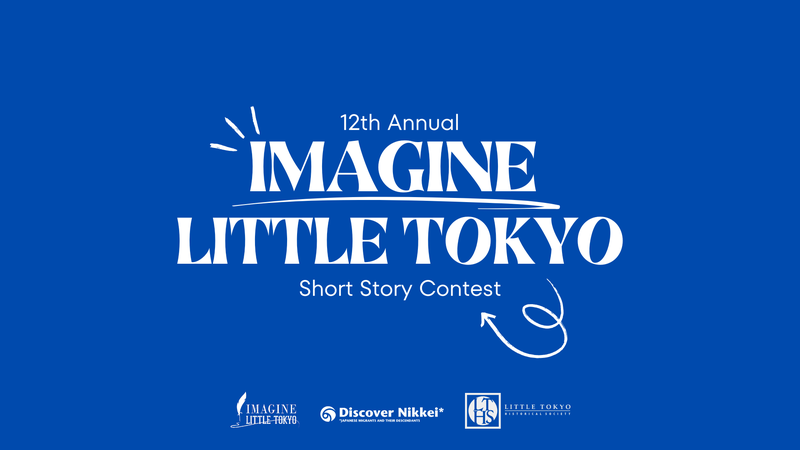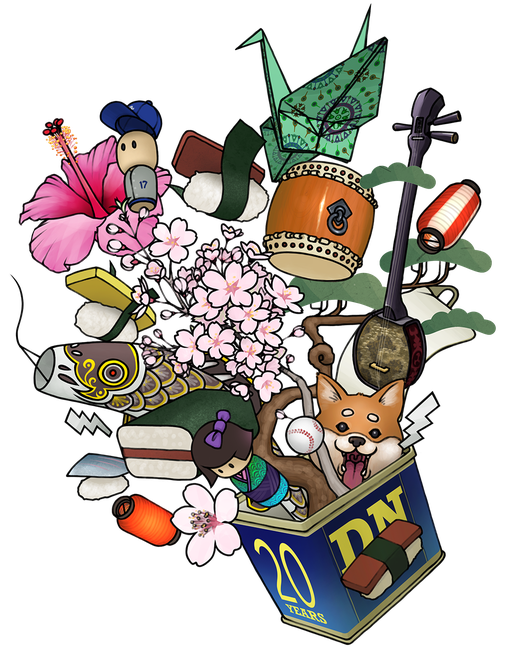Interviews
Explore More Videos
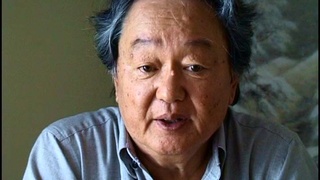
Going to camp with the Terminal Island people
(1927-2010) Political Activist


Interned at age fifteen, I saw camp as an adventure
(1927-2010) Political Activist

The riot in Manzanar
(b. 1921) Nisei veteran who served in the occupation of Japan
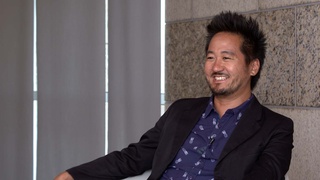

Parents identification as Peruvian Okinawan
Okinawan American whose parents are from Peru.
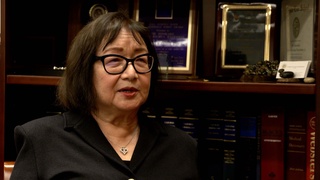
The lack of discussion about family’s incarceration in Amache
Sansei judge for the Superior Court of Los Angeles County in California
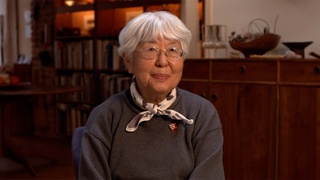


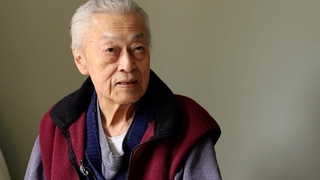
The first print image from film
(1934–2018) Japanese American designer, educator, and pioneer of media technologies
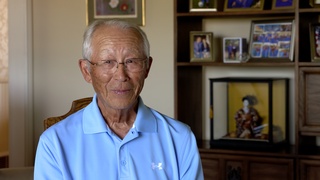
Reuniting with parents in America
(b. 1938) Japanese American. Hiroshima atomic bomb survivor
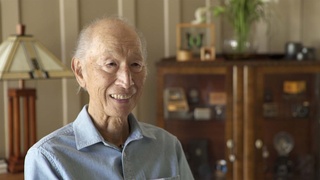
Painting murals and signs in the army
(b. 1938) Japanese Peruvian incarcerated in Crystal City


Parent’s Marriage
(b. 1939) a businesswoman whose family volunterily moved to Salt Lake City in Utah during the war.

Discover Nikkei Updates

